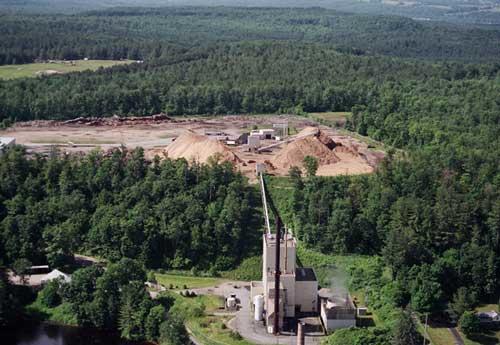The key to making U.S. bio-vision a reality, expanding our energy supply, increasing our energy security and reducing the dependency on foreign-oil is to develop advanced technologies to efficiently transform our lignocellulosic bio-resources into domestically produced bioenergy and bioproducts. There has been increased interest in research and development of bio-refineries using biomass to produce bio-fuels, bioenergy and biopower, materials and chemicals, due to depleting fossil fuels, the increased demand of energy and hence the rapid increase in its price, the requirement of the greenhouse gas emission (GHG) reduction, and the need for energy security and independence.
Bio-refining of biomass involves harnessing the molecular building blocks of biomass to produce “green” materials, chemicals and energy in an environmentally friendly, sustainable manner. The major building blocks of biomass include cellulose (C), hemicellulose (H) and lignin (L).
We seek to integrate, for the first time, a comprehensive integrated biorefinery including conventional bio-refinery producing pulp and paper, forest products and energy extended to an emerging bio-refinery including liquid fuels and other Bioproducts including a systematic environmental assessment of an integrated biorefinery providing a sound and verifiable approach and framework for future optimization, development and deployment. Integrated Lignocellulosic Biorefinery is being analyzed using a combination of process simulation softwares to ultimately determine how the process economics depend on several factors including feedstock composition, delivered feedstock costs, plant size, process integration, and choices between several alternative processing steps.
biorefinery
We propose to use Aspen Plus to simulate the lignocellulose to cellulose and energy and WINGEMS to simulate the thermochemical conversion of biomass to long fiber and structural products, conversion of residual blackliquor with dissolved lignin to synthesis gas and subsequent conversion to Fischer-Tropsch liquid fuels and other products and Aspen Simulation Workbook as the interface between the two. This comprehensive process model together with an environmental assessment (including life cycle analysis) will be used to determine overall process efficiencies and environmental performance of the biorefinery relative to traditional techniques for producing similar products.
Process modeling of integrated bio-refineries includes
- The simulation, modeling, and optimization of the overall bio-refinery, especially lignocellulosic bio-refineries for production of bio-fuels (ethanol,DME etc.), heat (steam) and power, and chemicals.
- The design of all the unit equipment required in the integrated biorefinery.
- An evaluation of the feasibility of conversion of various biomass species.
- Performing the overall techno-economic analysis and estimation of environmental effects.
Modeling tools include: Aspen Plus, WinGEMS and MATLAB.
